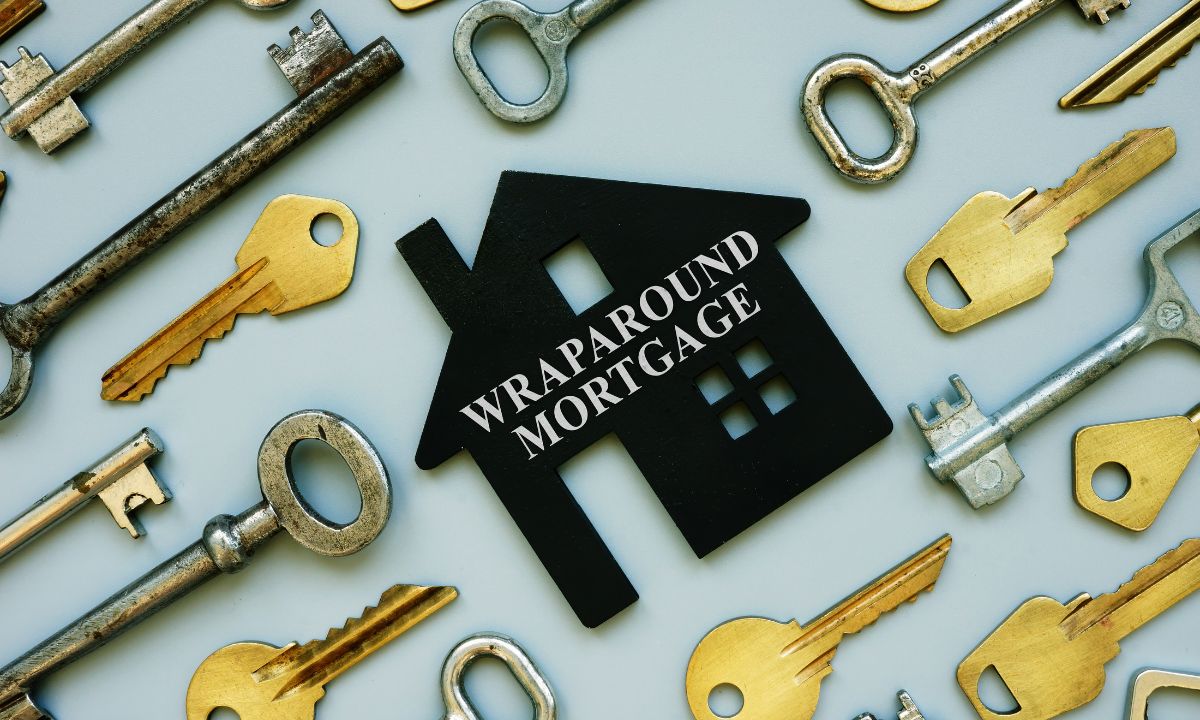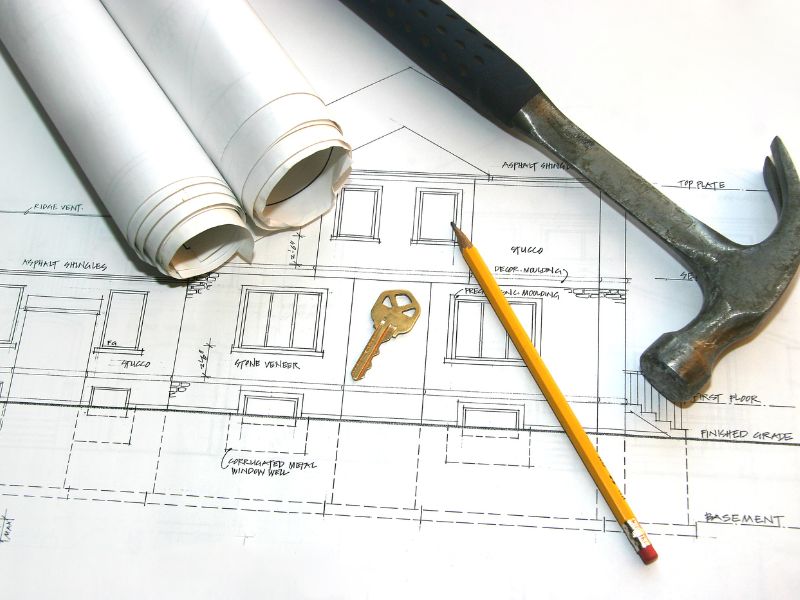What to Expect When Working with a Mortgage Loan Processor
 Buying a home is always an exciting journey, but it can also be overwhelming, especially when it comes to working through the mortgage process. One key player who will help to ensure your loan goes smoothly through this process is the Mortgage Loan Processor. If you’re wondering what to expect when working with a Mortgage Loan Processor, here’s a rundown of their important role and how they help you close your loan efficiently.
Buying a home is always an exciting journey, but it can also be overwhelming, especially when it comes to working through the mortgage process. One key player who will help to ensure your loan goes smoothly through this process is the Mortgage Loan Processor. If you’re wondering what to expect when working with a Mortgage Loan Processor, here’s a rundown of their important role and how they help you close your loan efficiently.
What Does a Mortgage Loan Processor Do?
In short, a Mortgage Loan Processor does everything necessary to ensure your loan application is complete, accurate, and approved on time. They act as the bridge between you, the borrower, and the underwriter who ultimately decides whether your loan will be approved. Here’s an in-depth look at their responsibilities:
1. Gathering Documentation
One of the primary duties of a Mortgage Loan Processor is to collect all the required documents from you. This includes:
- Proof of income (pay stubs, W-2 forms, tax returns)
- Credit reports
- Bank statements
- Employment verification
- Asset information (like details of savings, investments, and other assets)
2. Reviewing Your Application
Once they have all your documents, the processor will meticulously review everything to ensure there are no discrepancies or missing information. They look for:
- Consistency in your financial history
- Accuracy in your personal information
- Completeness of all required documentation
3. Preparing the Loan File
The processor compiles all the gathered documents and prepares a comprehensive loan file. This file is then submitted to the underwriter for final approval. They ensure the file is thorough and meets all the lender’s guidelines to avoid any delays.
4. Communicating with You and Other Parties
Throughout the process, the Mortgage Loan Processor will keep you informed about the status of your application. They may also communicate with other parties involved, such as:
- Real estate agents
- Title companies
- Insurance providers
5. Clearing Loan Conditions
Once the underwriter reviews your file, they might set certain conditions that need to be met before final approval. The processor helps clear these conditions by providing additional information or documentation as required.
6. Scheduling the Closing
When everything is in place and your loan is approved, the Mortgage Loan Processor helps schedule the closing. They coordinate with all parties to ensure a smooth and timely closing process.
Why is the Mortgage Loan Processor Important?
Having a skilled Mortgage Loan Processor on your side is crucial for several reasons:
- Efficiency: They streamline the entire process, ensuring that everything is done promptly and correctly.
- Accuracy: By double-checking your documents and information, they minimize the risk of errors that could delay your approval.
- Support: They act as your point of contact, answering your questions and keeping you updated throughout the process.
- Problem-solving: If any issues arise, the processor works to resolve them quickly, keeping your loan application on track.
Tips for Working with Your Mortgage Loan Processor
To make the process even smoother, here are some tips for working effectively with your Mortgage Loan Processor:
- Be Prompt: Respond quickly to requests for information or documents to avoid delays.
- Be Honest: Provide accurate and truthful information to prevent any complications.
- Stay Organized: Keep your financial documents organized and easily accessible.
- Ask Questions: Don’t hesitate to ask your processor if you’re unsure about any part of the process.
A Mortgage Loan Processor is your ally in the home-buying journey, handling everything to ensure your loan closes smoothly. Understanding their role and working effectively with them can make your mortgage process a lot less stressful. So, when you’re ready to buy your dream home, rest assured that your Mortgage Loan Processor has got your back, doing everything to close your loan efficiently and on time!

 When it comes to building wealth and securing your financial future, a mortgage can be a powerful tool. While taking on debt might seem counterintuitive to achieving financial freedom, a mortgage, when managed wisely, can provide numerous benefits. Here’s how leveraging a mortgage can pave the way to a stronger financial future.
When it comes to building wealth and securing your financial future, a mortgage can be a powerful tool. While taking on debt might seem counterintuitive to achieving financial freedom, a mortgage, when managed wisely, can provide numerous benefits. Here’s how leveraging a mortgage can pave the way to a stronger financial future. Entering into a joint mortgage can be a significant milestone for couples, marking the beginning of their journey toward homeownership together. However, like any financial decision, it’s essential to weigh the pros and cons carefully. In this guide, we’ll delve into the intricacies of joint mortgages, highlighting the differences, key considerations, and potential pitfalls couples should be aware of.
Entering into a joint mortgage can be a significant milestone for couples, marking the beginning of their journey toward homeownership together. However, like any financial decision, it’s essential to weigh the pros and cons carefully. In this guide, we’ll delve into the intricacies of joint mortgages, highlighting the differences, key considerations, and potential pitfalls couples should be aware of. These days real estate transactions have become more and more creative with financing solutions that often emerge to meet the diverse needs of buyers and sellers. One such alternative is the wraparound mortgage, a financial instrument that has gotten both praise and caution within the real estate community. Understanding its advantages and risks is crucial for anyone considering this option.
These days real estate transactions have become more and more creative with financing solutions that often emerge to meet the diverse needs of buyers and sellers. One such alternative is the wraparound mortgage, a financial instrument that has gotten both praise and caution within the real estate community. Understanding its advantages and risks is crucial for anyone considering this option. Want to upgrade your home but short on cash? Home improvement loans can help! They’re like a financial boost for fixing up your place without draining your savings. But with so many options, how do you pick the right one? Let’s review the options.
Want to upgrade your home but short on cash? Home improvement loans can help! They’re like a financial boost for fixing up your place without draining your savings. But with so many options, how do you pick the right one? Let’s review the options.